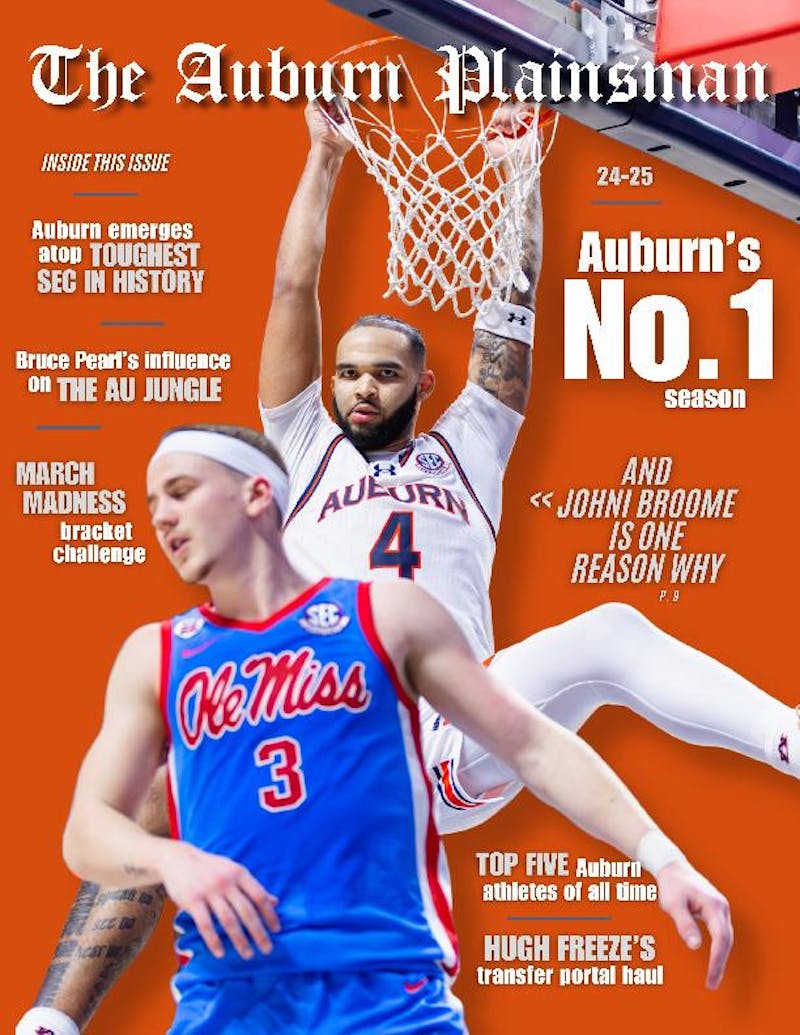During last week's SEC Media Days, between Jadeveon Clowney confirming that opposing quarterbacks are scared of him and Will Muschamp tongue lashing the Ohio State coaching staff for reporting the Gators for recruiting violations, Bret Bielema had a bone to pick.
The first year Arkansas head coach wasn't complaining about inheriting a team with a measly 4-8 record in arguably the toughest division in the country, or the fact that his Razorbacks have never won an SEC Championship. He was just upset that other coaches would dare put their player's health at risk by running a fast paced, hurry-up offense.
"It's something that I really feel strongly about, Bielema said. "It's not rhetoric. If you want to play hurry-up offense, play it. I'll play you. I don't care. But it doesn't mean that I cannot try to protect my players offensively and defensively."
Don't get me wrong, if the health of a player is being threatened by a certain style of play, I would support a rule change to effectively protect the players. But does running more plays at a faster pace really put those players at risk?
In a recent study done by Dave Bartoo, a national college football attrition expert and analytics consultant, data shows that teams that run more plays actually have a better chance of staying healthy. According to Bartoo, the top 15 "fast" teams in automatic qualifying conferences, that is, the teams that ran the most plays per game, suffered 24 fewer starts lost to injury than the 15 "slowest" teams. Not to mention that the "fast" teams ran 2,697 more plays than the "slow" teams.
Nick Saban has long been an outspoken adversary to the hurry-up, no-huddle offense, and for good reason. His renowned defense centers entirely on depth and situational substitutions, two ideas that the hurry-up offense completely undermines. With the arrival of Gus Malzahn at Auburn and Kevin Sumlin at Texas A&M, both firm believers in the hurry-up offense, Saban has realized that two of his divisional rivals pose an immediate threat to his traditional success, and he's doing everything he can to stop them.
After all, the Crimson Tide's lone loss last year came at the hands of Sumlin's Aggies. At the midweek coaches teleconference last year after Alabama's win against Ole Miss, Saban had something to say about the dangers of the fast paced attack.
"The team gets in the same formation group. You can't substitute defensive players. You go on a 14-, 16- or 18-play drive, and they're snapping the ball as fast as you can go, and you look out there and all your players are walking around and can't even get lined up. That's when guys have a much greater chance of getting hurt... when they're not ready to play," Saban said.
But what about the offensive players? They are on the field for just as many plays, if not more, as the defense is. How are they able to get lined up and "ready to play?" Teams that emphasize the hurry-up philosophy must be well conditioned to be able to implement their style of play effectively. Should they be penalized for being in better shape than their opponents?
If the NCAA allows vocal coaches to shape the rules of the game, simply because a different style of offense doesn't meld with their defensive agenda, then where will it stop?
In my opinion, Malzahn said it best.
"(Fast football) is where college football is going," he said. "And I like it."
Do you like this story? The Plainsman doesn't accept money from tuition or student fees, and we don't charge a subscription fee. But you can donate to support The Plainsman.



